Empress Dowager Cixi (November 29, 1835 – November 15, 1908) was one of the most powerful women in the history of the Chinese Empire for an extended period. Known as a female tyrant comparable to Wu Zetian in the eyes of many historians both in China and abroad, she is often blamed for contributing to the downfall of the Qing Dynasty. However, there are also many opinions suggesting that her opponents were overly successful in attributing to her the blame for issues beyond her control at the time.
Throughout her life as a regent, surrounded by luxury, supreme power, and numerous scandals, Empress Dowager Cixi ultimately witnessed the decline of the Qing Dynasty and the feudal system in China.
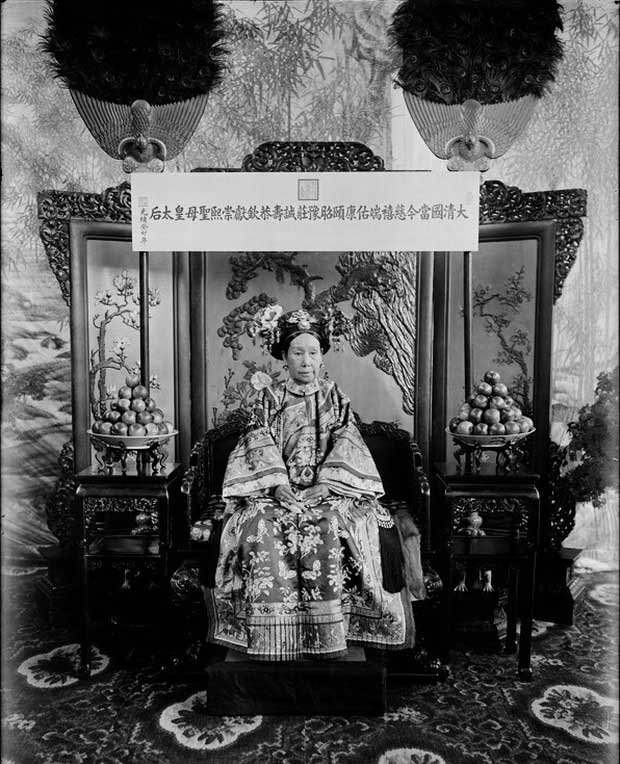
Empress Dowager Cixi during her lifetime.
On the 34th year of the Guangxu era (1908), on October 22 (equivalent to November 15 in the Gregorian calendar), Empress Dowager Cixi passed away at the Yiluan Palace in Zhongnanhai. Her death seemed to have been anticipated, and thus she had meticulously prepared for her departure with a grand funeral that would leave a lasting legacy.
On the day of Empress Dowager Cixi’s funeral, Henri Borel, a reporter for the Telegraph in Amsterdam, was present in Beijing to attend the funeral of the most powerful woman in China at that time. According to his accounts, the funeral took place on a foggy winter day. The coffin of Empress Dowager Cixi was to be transported from the Forbidden City in Beijing to the Eastern Qing Tombs, located over 100 kilometers from the city.
In the rare photographs that Henri Borel kept, despite the quality and colors of many images having faded, one can still feel the solemn and luxurious atmosphere of one of the grandest funerals in early 20th-century Asia. Henri Borel was astounded and overwhelmed by the funeral, stating: “The procession of attendants carrying flags seemed to stretch into infinity. It appeared that they had brought all the flags they had from the palace to bid farewell to the last empress of the country.”
Leading the procession was a cavalry unit in modern uniforms, followed by a group of horsemen and a team carrying the coffin. Behind Empress Dowager Cixi’s coffin were hundreds of palace maids dressed in red, holding flags and trailing white silk ribbons. The citizens of the capital that day poured into the streets to bid farewell to Cixi and witness this unparalleled extravagant funeral.
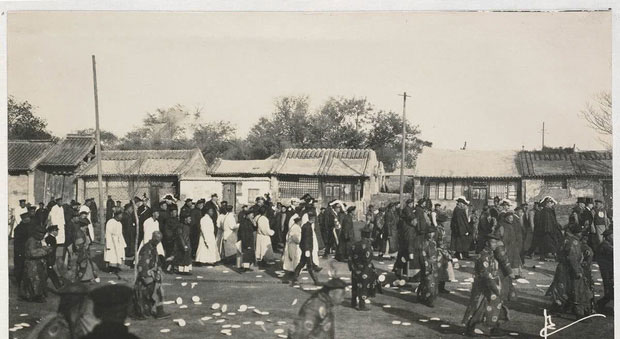
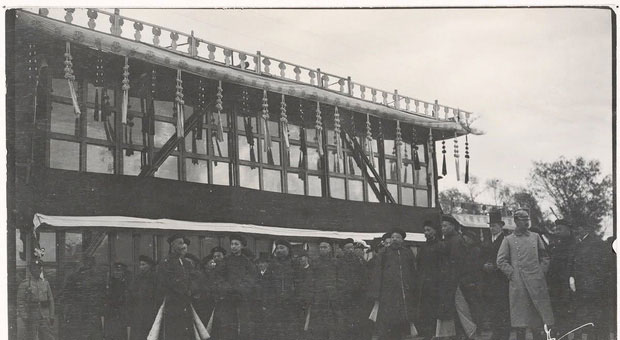
Not only officials from the imperial court and the royal family attended, but many foreign guests were also present at Empress Dowager Cixi’s funeral.
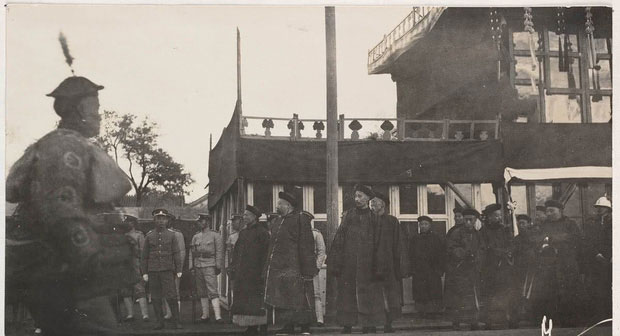
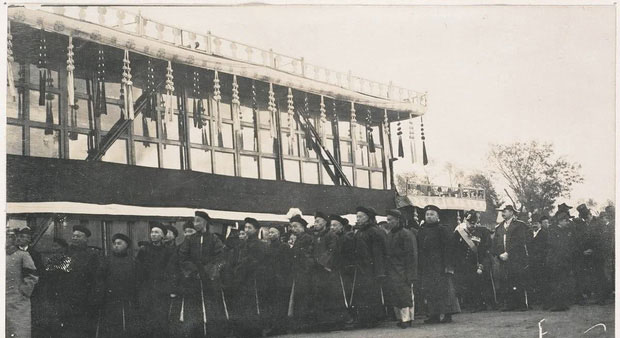
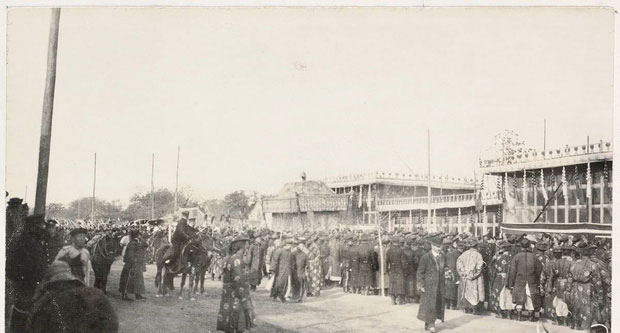
The procession seemed to stretch endlessly.
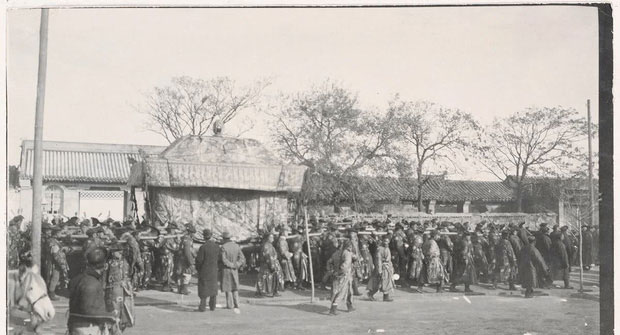
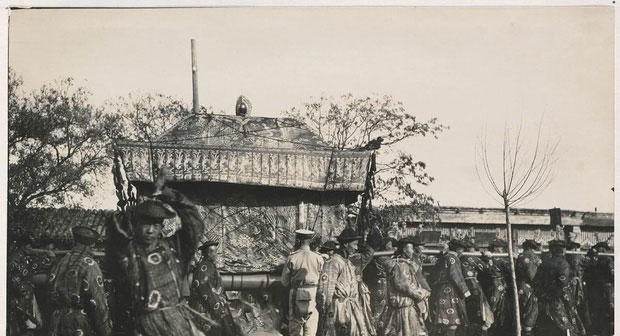
The intricately designed coffin of the last empress of the Qing Dynasty was adorned with numerous jewels. It is astonishing that the coffin of Cixi was carried by 128 people, indicating its enormous size. The late Emperor Guangxu, who passed away just one day before Cixi, did not receive such treatment. Cixi’s coffin was gilded and was said to be adorned with 2,500 pearls, 6,000 gems, and 203 white precious stones. However, historians believe that these are nothing compared to the wealth buried with her in her tomb.
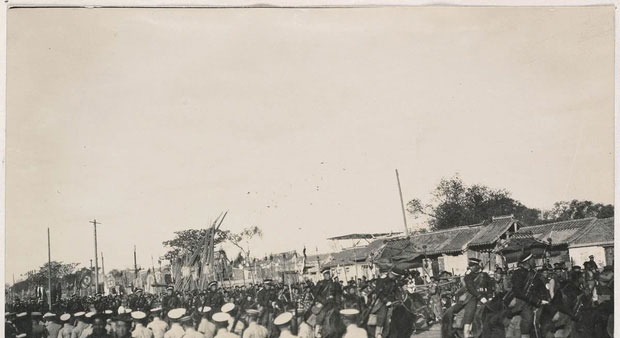
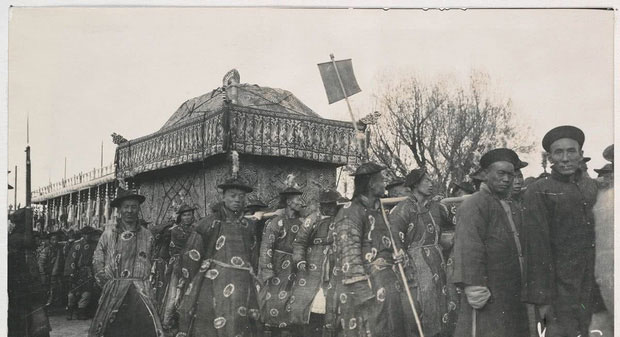
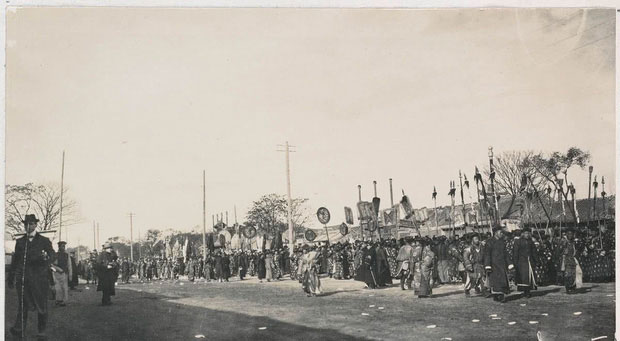
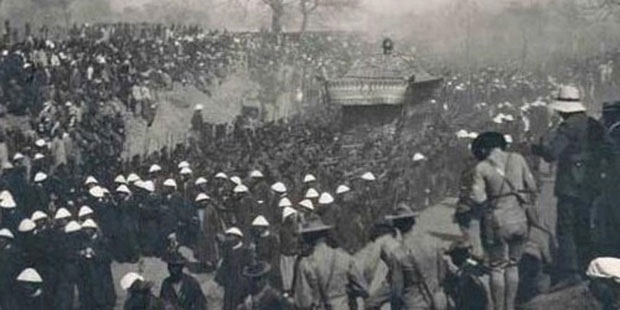
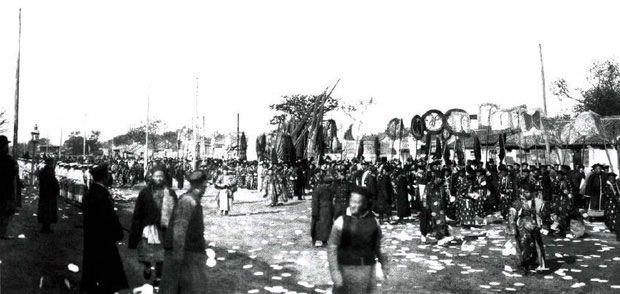
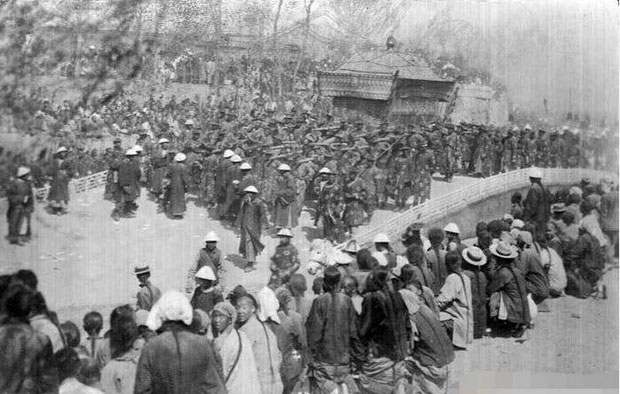
Cixi’s funeral is considered one of the most extravagant in Asia at that time.
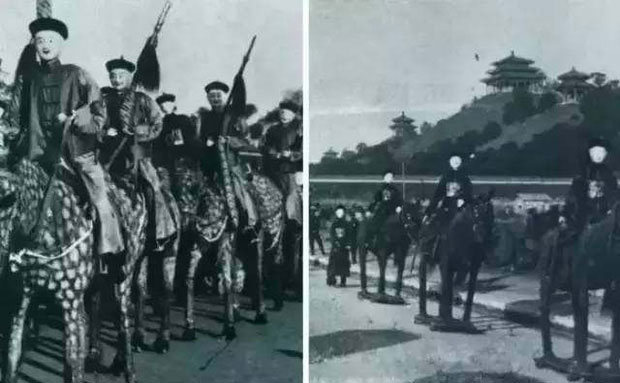
The paper army was burned before the funeral. The extravagant display did not stop there. The paper soldiers sent off for the empress were also a sight to behold. According to Chinese culture, these paper soldiers are typically miniature versions, but for Cixi’s funeral, they were made to scale 1:1. All were handcrafted intricately, with each paper figure having a unique expression. These paper soldiers were meant to guard and clear the way for the empress as she transitioned to the afterlife.





















































